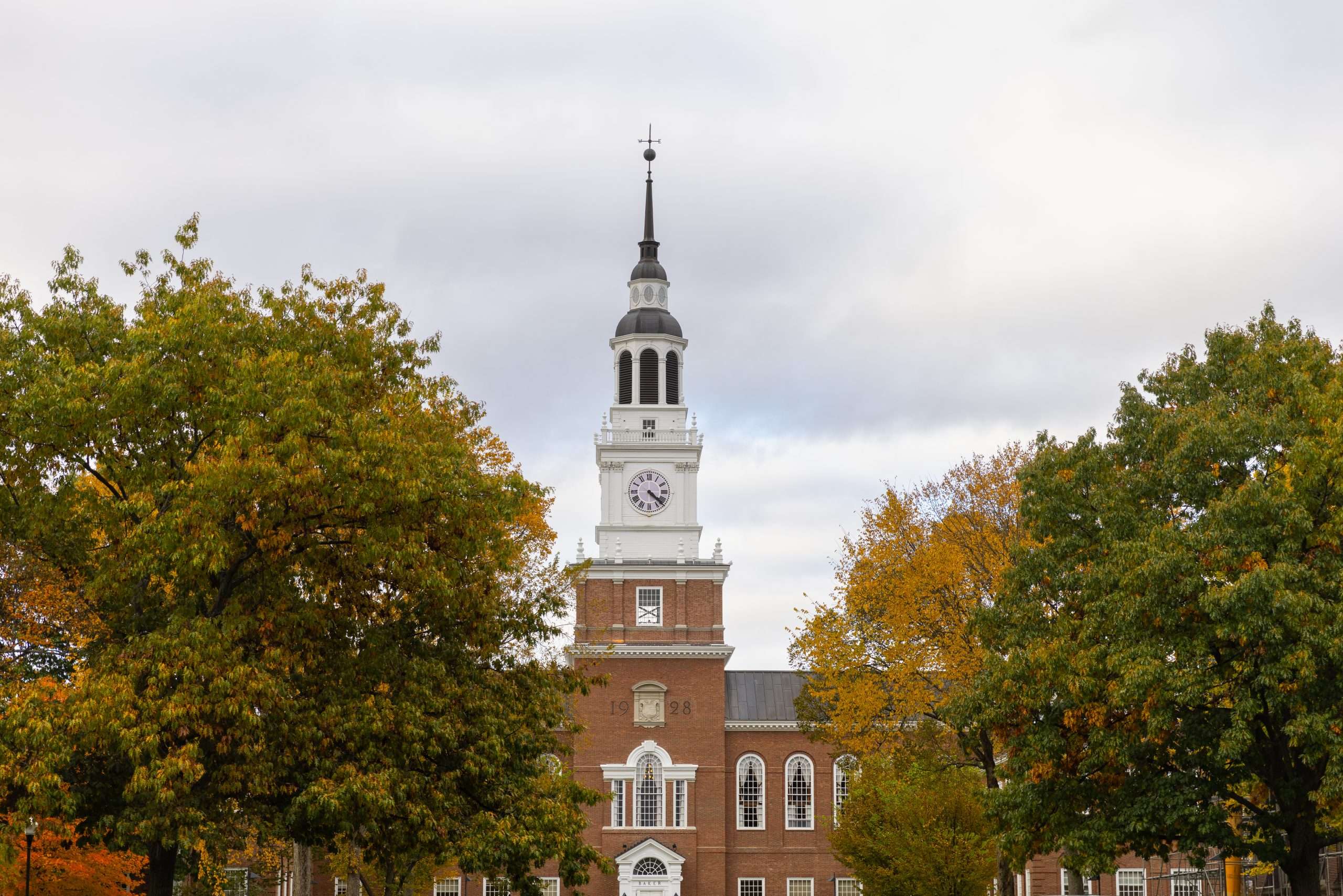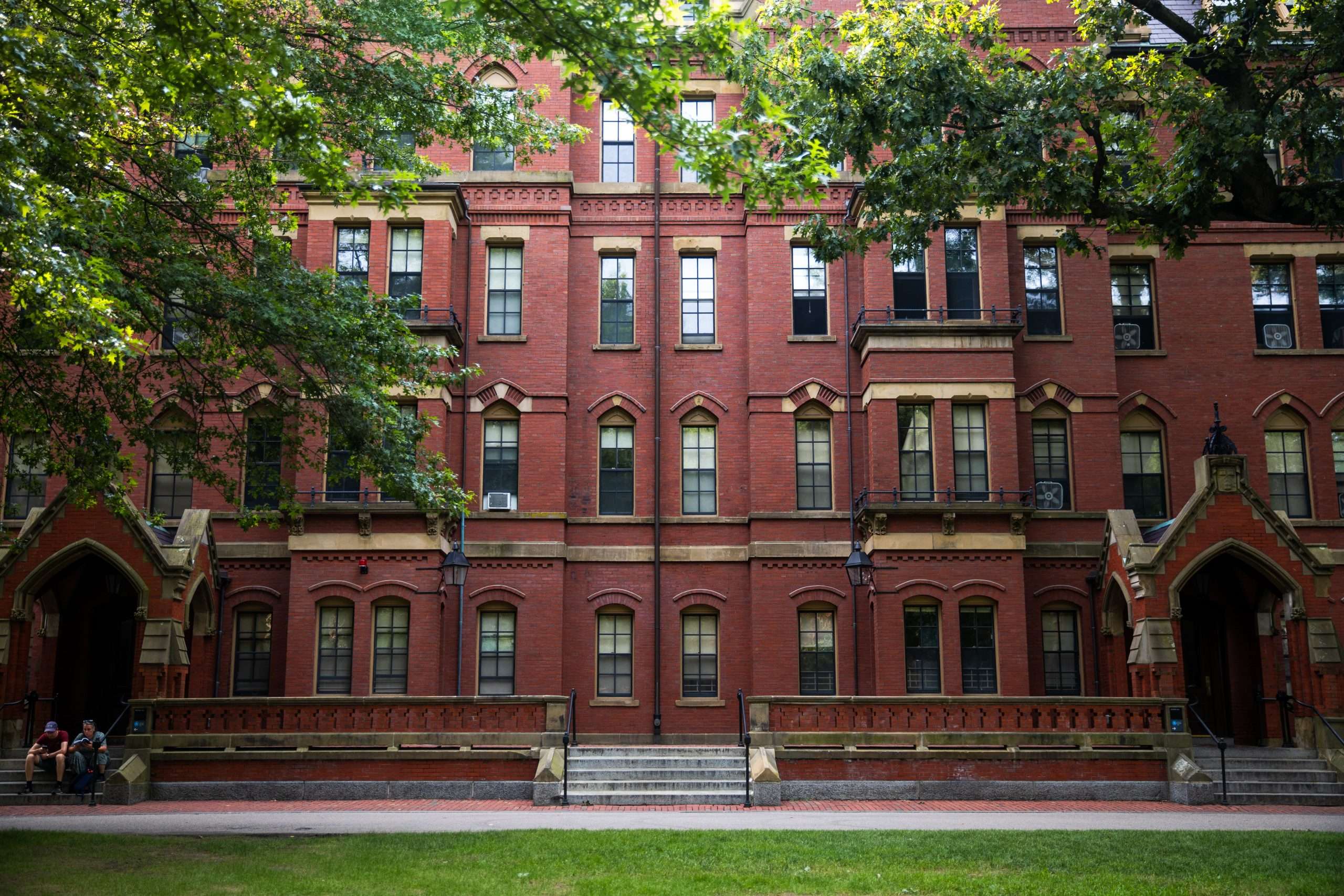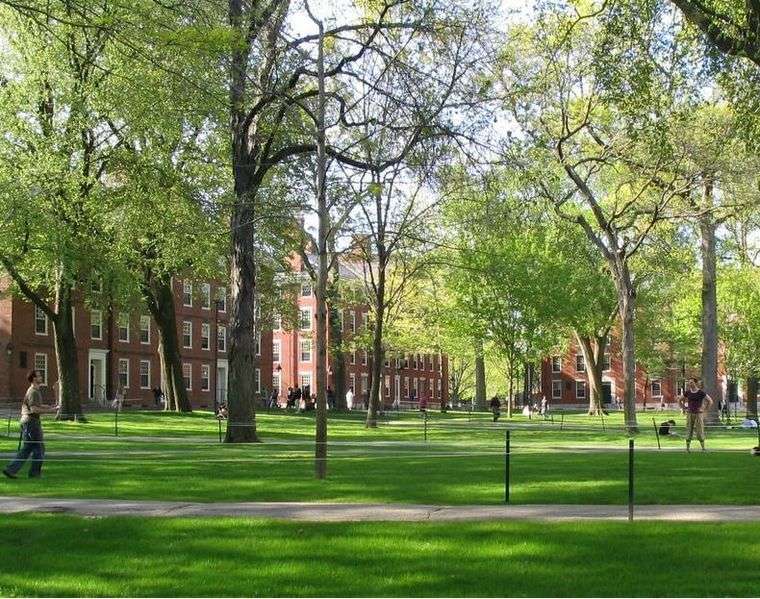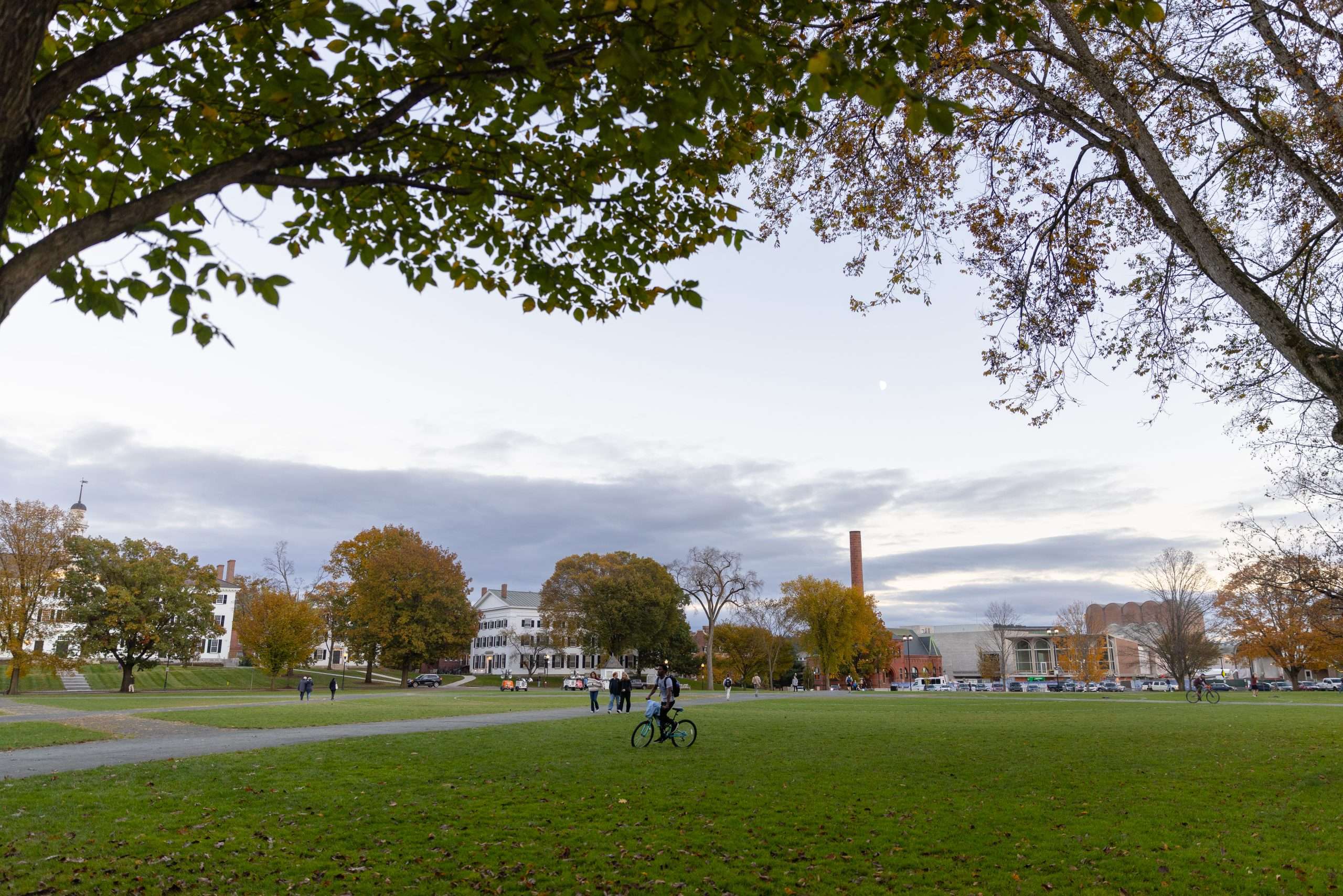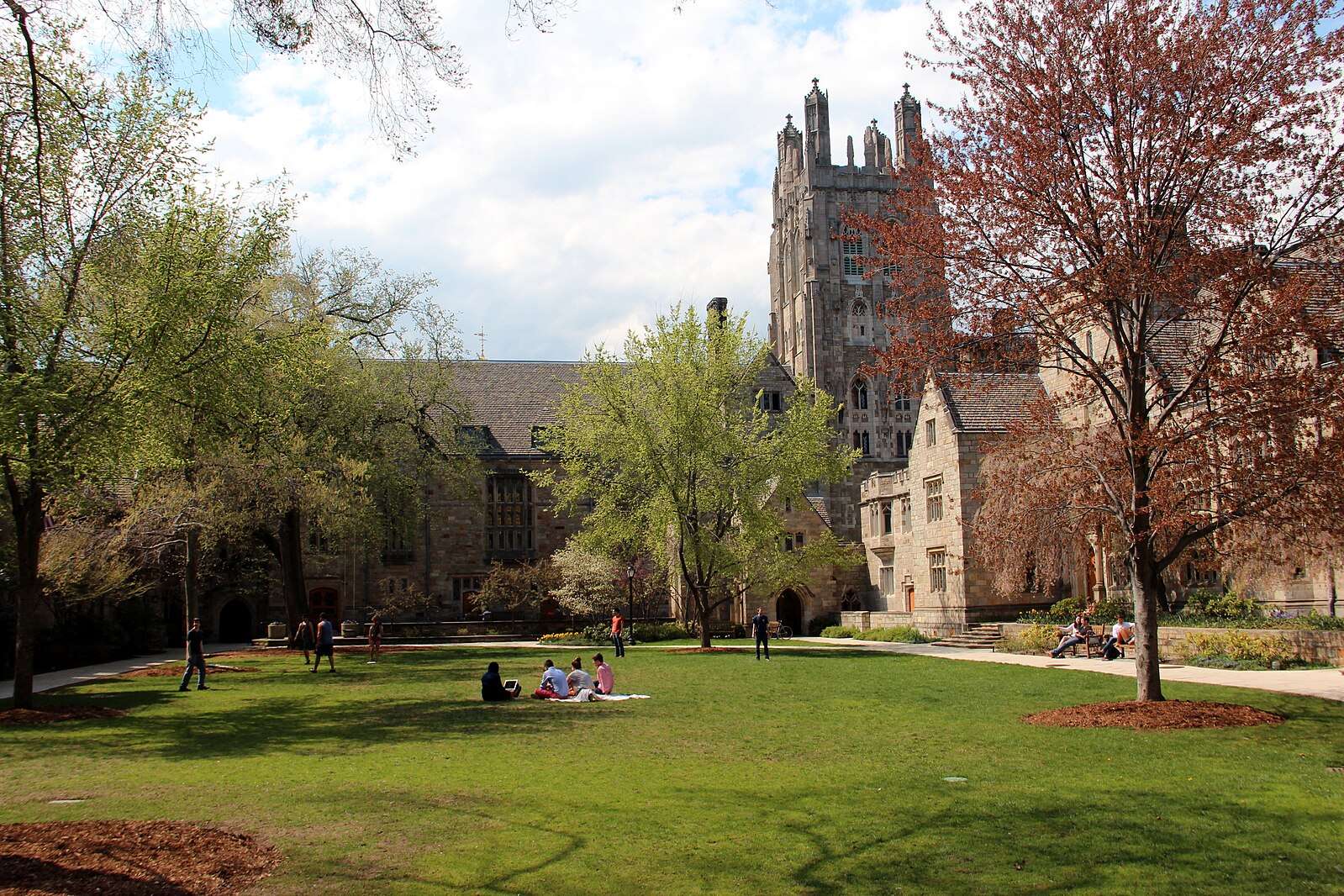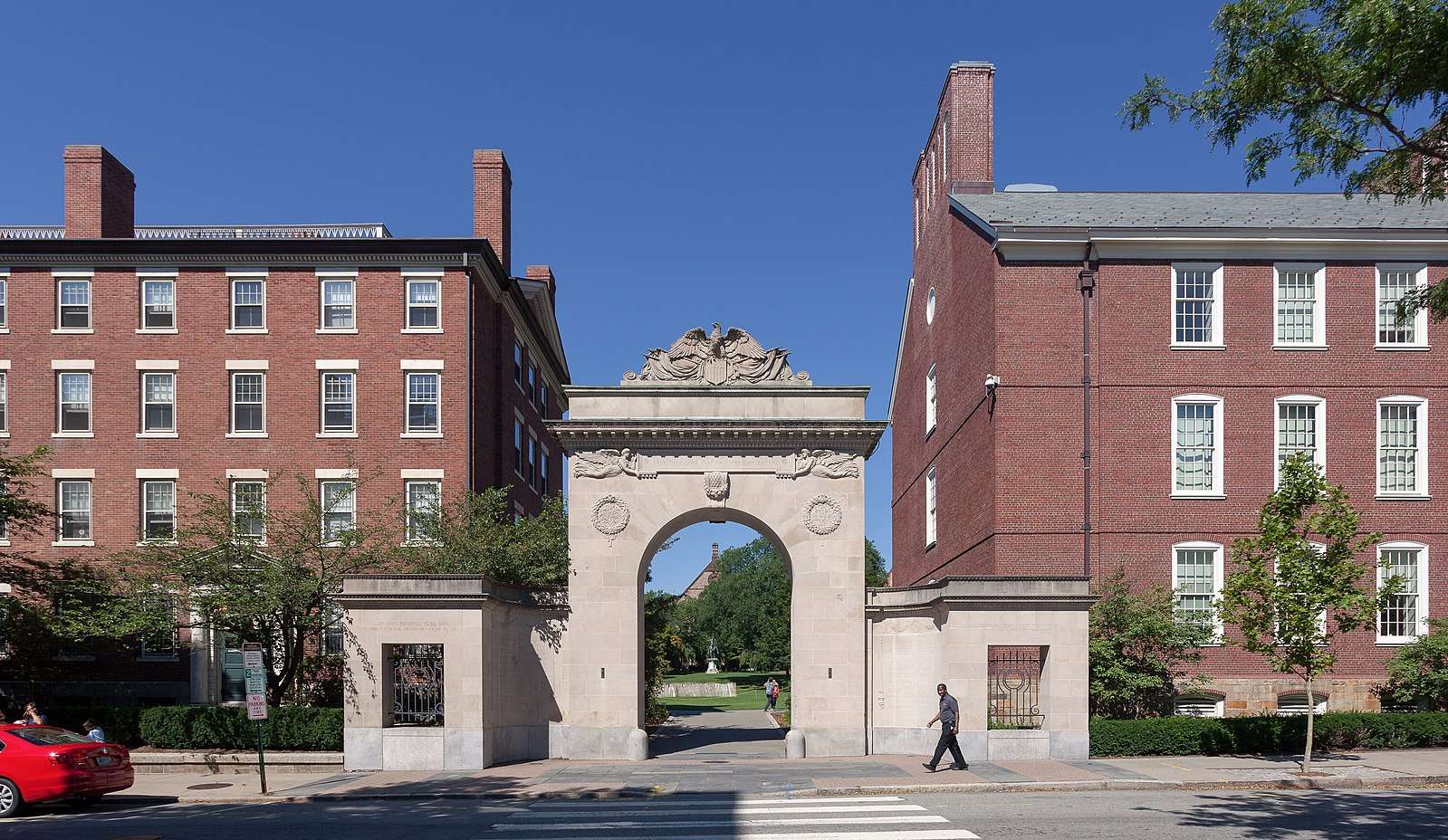The Ivy Coach Daily
Brown University Class of 2029 Early Decision Admission Statistics
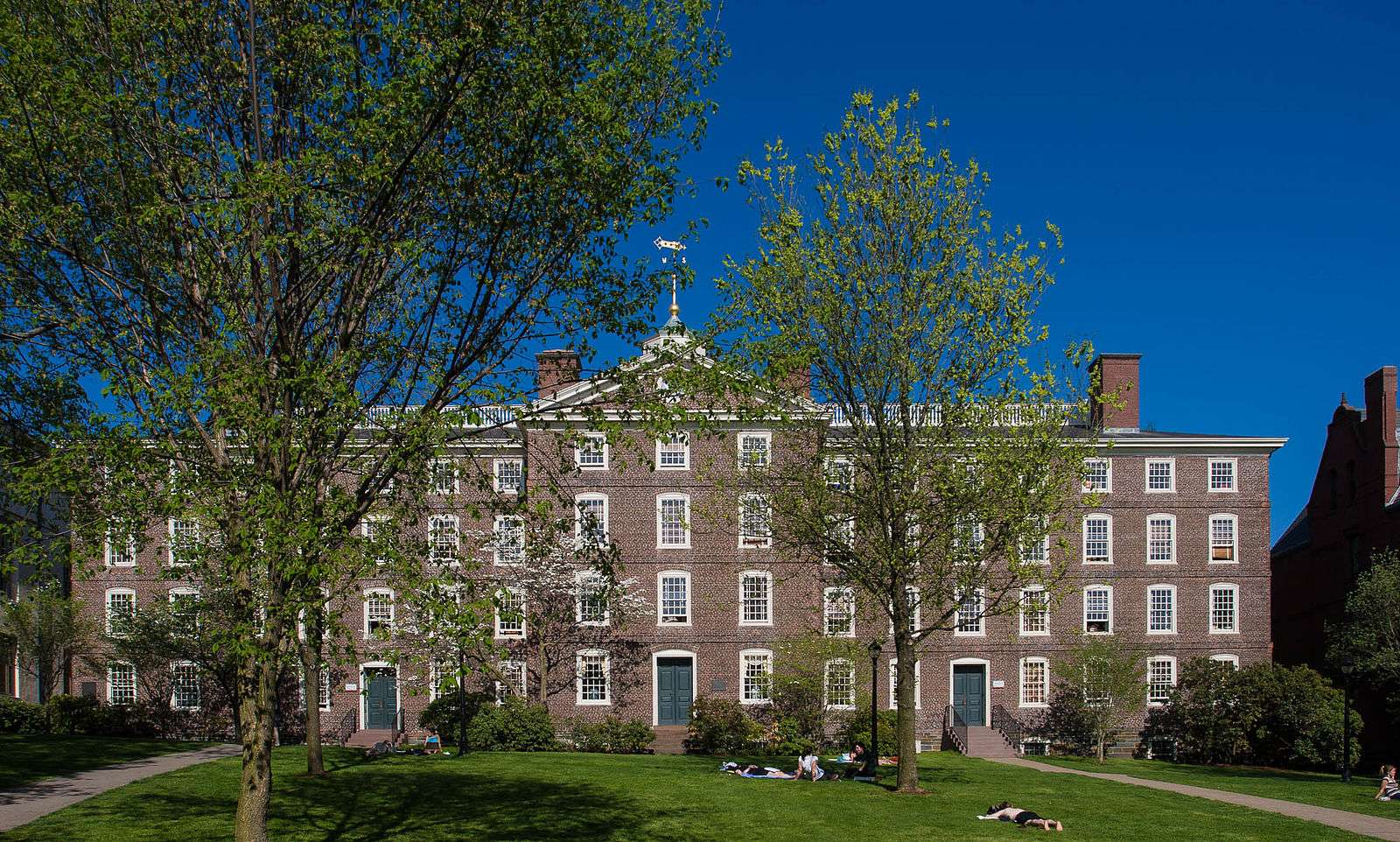
Last year, the Ivy Coach crystal ball predicted that Early Decision at Brown would remain in place despite news that Brown had convened a committee to reconsider using this process. And guess what? Our crystal ball was spot on. Early Decision isn’t going anywhere at Brown. The university just announced that 18% of Early Decision applicants were granted admission to the Class of 2029, the highest acceptance rate in the last six years.
It’s no mystery why there was such an abysmal showing for this Providence, Rhode Island-based Ivy League this Early round. It all boils down to two crucial factors: Brown’s decision to phase out its test-optional policy, which was put in place as a pandemic contingency measure, and its nightmare year of PR in the wake of eruptions of antisemitism on campus. Rest assured that we at Ivy Coach will give you the full breakdown of this situation. But first, let’s take a look at the numbers:
Out of a pool of 5,048 Early Decision applicants (down over 1,000 students from last year’s pool!), Brown admitted 906 students, for an acceptance rate of 17.95%. 61.8% were denied admission and 17.8% were deferred for consideration in the Regular Decision pool, which breaks from the recent trend of increasing denial and decreasing deferral rates (last year’s figures stood at 67.6% and 16.8%, respectively).
The figures, particularly the 18% acceptance rate, may have left Brown’s leadership disappointed. This rate is a far cry from the previous year’s 14.38% and the all-time low of 12.98% for the Class of 2027.
Contextualizing Brown’s Early Decision Admission Rates
Last year, for the Class of 2028, Brown admitted 14.38% of its Early Decision applicants. For the Class of 2027, Brown admitted 12.98%, and for the Class of 2026, Brown admitted 14.6%. These historically low ED acceptance rates are reflected in increased applicant pools caused by the Covid-19 pandemic and its attendant changes in admissions processes, such as Brown’s short-lived decision to transition to test-optional admissions (at Ivy Coach, we term students who attempt to get into elite colleges without test scores “squeakers“!).
This past May, Brown announced that they would be reinstating standardized testing requirements for the Class of 2029, thus accounting for the smaller applicant pool this time around. But a lack of squeakers in this pool isn’t the only bee in Brown’s bonnet! Perhaps even more important is that Brown’s president made the critical mistake of attempting to use the university’s endowment as a political tool this past year. We at Ivy Coach call for Brown President Christina Paxton’s ouster for putting divestment to a vote, and we praise the Brown corporation for refusing to fold to this political pressure.
Brown is famously the most left-wing of the eight Ivies, but this last year was clearly a step too far and compromised institutional longevity and prestige. It shows that the admissions process, even in the Ivy League stronghold, is not free from the dictates of the news cycle or politics.
Brown’s Early Decision Statistics Over the Last 23 Years
So, without further ado, here’s a breakdown of Brown’s Early Decision admissions statistics over the last 23 years:
Brown’s Early Decision Acceptance Rates
| Admissions Cycle | Brown Graduating Class | Brown’s Early Decision Admission Rate |
| 2024-2025 | Class of 2029 | 17.95% |
| 2023-2024 | Class of 2028 | 14.38% |
| 2022-2023 | Class of 2027 | 12.98% |
| 2021-2022 | Class of 2026 | 14.60% |
| 2020-2021 | Class of 2025 | 15.90% |
| 2019-2020 | Class of 2024 | 17.50% |
| 2018-2019 | Class of 2023 | 18.20% |
| 2017-2018 | Class of 2022 | 21% |
| 2016-2017 | Class of 2021 | 21.90% |
| 2015-2016 | Class of 2020 | 22.10% |
| 2014-2015 | Class of 2019 | 20% |
| 2013-2014 | Class of 2018 | 18.90% |
| 2012-2013 | Class of 2017 | 18.50% |
| 2011-2012 | Class of 2016 | 19% |
| 2010-2011 | Class of 2015 | 20.60% |
| 2009-2010 | Class of 2014 | 19.90% |
| 2008-2009 | Class of 2013 | 23.70% |
| 2007-2008 | Class of 2012 | 22.70% |
| 2006-2007 | Class of 2011 | 22.70% |
| 2005-2006 | Class of 2010 | 22.80% |
| 2004-2005 | Class of 2009 | 28% |
| 2003-2004 | Class of 2008 | 28.30% |
| 2002-2003 | Class of 2007 | 25.80% |
Brown’s Early Decision Deferral Rates
Below is a breakdown of the percentage of Early Decision candidates Brown has chosen to defer to the Regular Decision pool over the last four cycles. Note the trend that Brown has been deferring a smaller and smaller percentage of applicants each year, with this cycle being the notable exception.
| Admissions Cycle | Brown Graduating Class | Brown’s Early Decision Deferral Rate |
| 2024-2025 | Class of 2029 | 17.8% |
| 2023-2024 | Class of 2028 | 16.8% |
| 2022-2023 | Class of 2027 | 19% |
| 2021-2022 | Class of 2026 | 25% |
| 2020-2021 | Class of 2025 | 30% |
Brown’s Early Decision Denial Rates
Below is a breakdown of the percentage of Early Decision candidates that Brown has chosen to deny outright over the last four cycles:
| Admissions Cycle | Brown Graduating Class | Brown’s Early Decision Deferral Rate |
| 2024-2025 | Class of 2029 | 61.80% |
| 2023-2024 | Class of 2028 | 67.60% |
| 2022-2023 | Class of 2027 | 68% |
| 2021-2022 | Class of 2026 | 60.25% |
| 2020-2021 | Class of 2025 | 54.10% |
Breakdown of the Brown Class of 2028 Early Decision Admits
Unlike many of its Ivy League counterparts, Brown shared plenty of data about this incoming cohort of students. 90 applicants were admitted through the QuestBridge program for low-income and first-generation students, the highest number in the school’s history. 22 of the students were admitted to the highly competitive Program in Liberal Medical Education, which is an eight-year program that allows undergrads to enter immediately into their medical school coursework.
52% of the admitted students attended public schools, 35% attended private schools, and 13% attended parochial (e.g., religious) schools.
19% of this year’s Early Decision pool will be the first in their families to graduate from college, a figure that has remained constant since last cycle and is up 4% from the Class of 2027’s rate of 15%.
The admitted students hail from 49 States, Washington, DC, Puerto Rico, and 51 countries around our globe, the most popular of which being Canada, China (including Hong Kong), the United Kingdom, India, Singapore, South Korea, Pakistan, Australia, Brazil, Myanmar, and Switzerland. These figures mark a 22% increase in international Early Decision admits compared to last year.
Ivy Coach’s Assistance with Brown Deferral
Congratulations to Ivy Coach’s students who applied Early Decision to Brown this year — you all got in! We’re very proud of you.
If Brown deferred you from its Class of 2029, the fight for your admission is only beginning. A Brown deferral is meaningful — more so than at other elite universities — but only if you play your cards right from now on. If you’re interested in optimizing your case for admission to Brown post-deferral with the help of our team of former elite college admissions officers, fill out Ivy Coach’s complimentary consultation form, and we’ll be in touch to outline our go-forward services for deferred candidates, which includes our PostMortem for denied candidates and PostMortem followed by help crafting a powerful Letter of Continued Interest.
You are permitted to use www.ivycoach.com (including the content of the Blog) for your personal, non-commercial use only. You must not copy, download, print, or otherwise distribute the content on our site without the prior written consent of Ivy Coach, Inc.
TOWARD THE CONQUEST OF ADMISSION
If you’re interested in Ivy Coach’s college counseling, fill out our complimentary consultation form and we’ll be in touch.
Get Started